To provide the best experiences, we use technologies like cookies to store and/or access device information. Consenting to these technologies will allow us to process data such as browsing behaviour or unique IDs on this site. Not consenting or withdrawing consent, may adversely affect certain features and functions.
The technical storage or access is strictly necessary for the legitimate purpose of enabling the use of a specific service explicitly requested by the subscriber or user, or for the sole purpose of carrying out the transmission of a communication over an electronic communications network.
The technical storage or access is necessary for the legitimate purpose of storing preferences that are not requested by the subscriber or user.
The technical storage or access that is used exclusively for statistical purposes.
The technical storage or access that is used exclusively for anonymous statistical purposes. Without a subpoena, voluntary compliance on the part of your Internet Service Provider, or additional records from a third party, information stored or retrieved for this purpose alone cannot usually be used to identify you.
The technical storage or access is required to create user profiles to send advertising, or to track the user on a website or across several websites for similar marketing purposes.

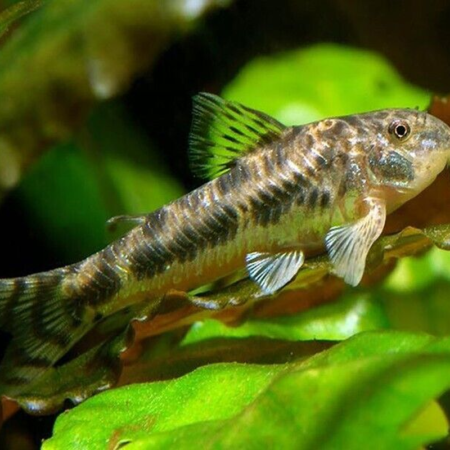


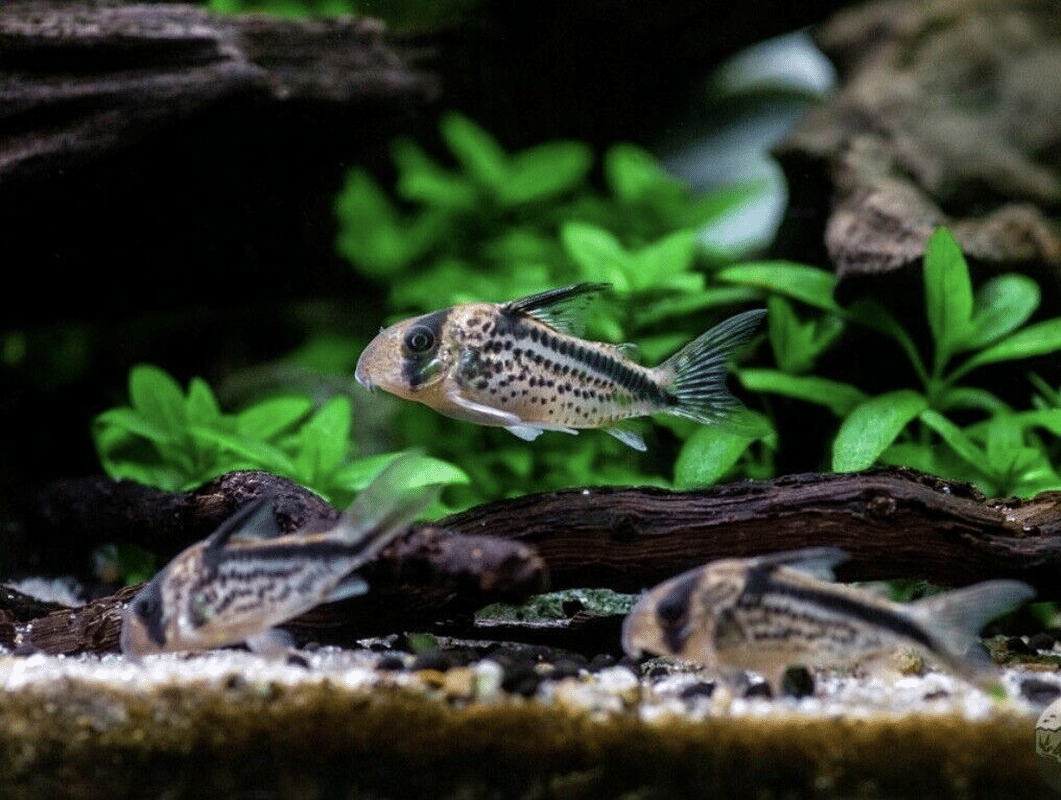
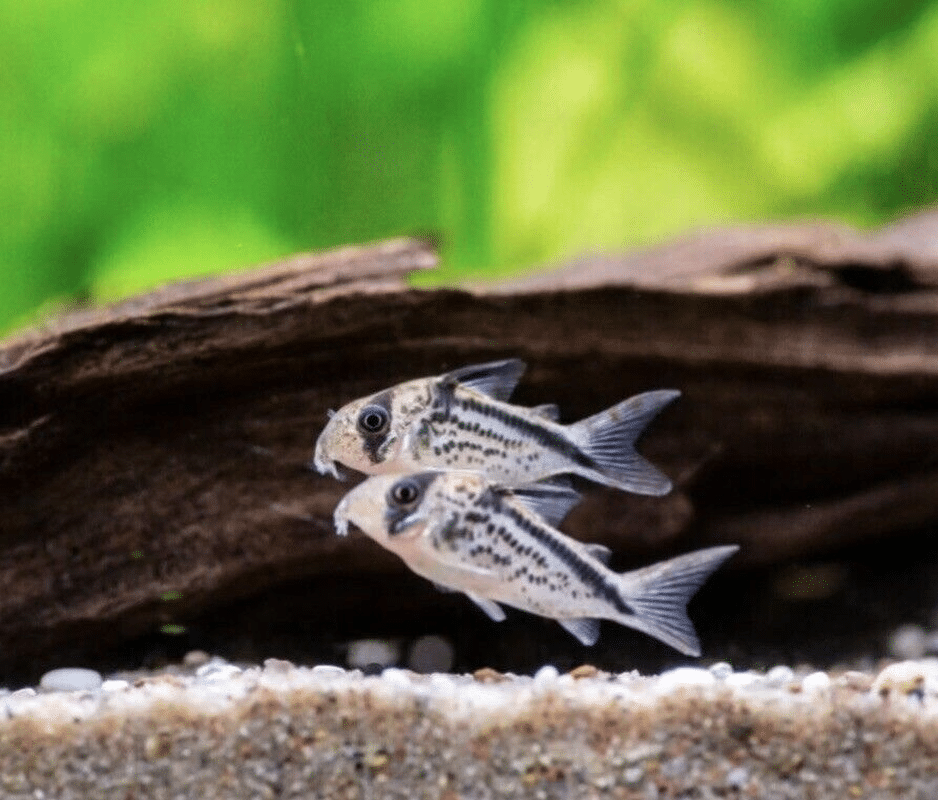



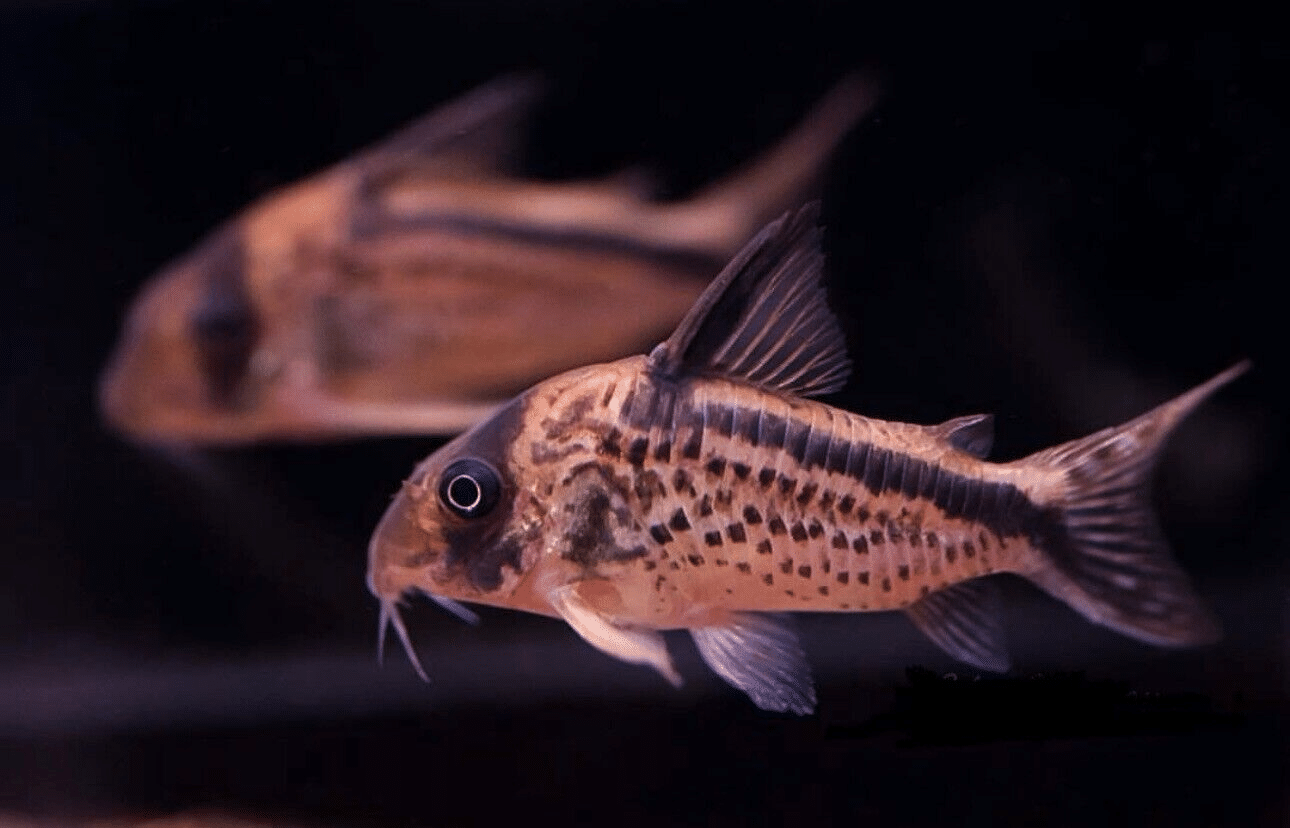

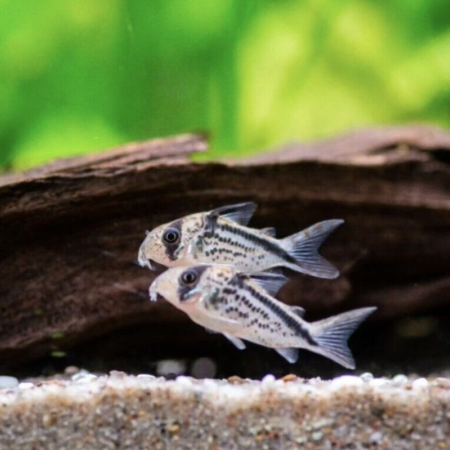
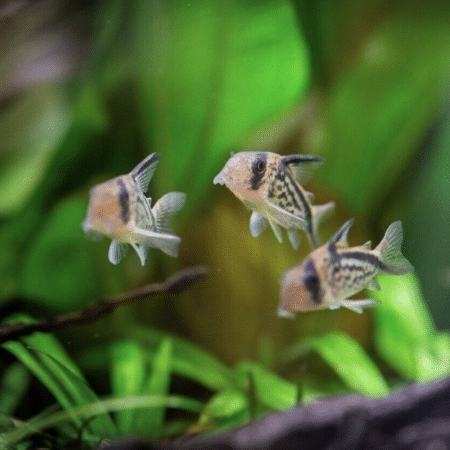
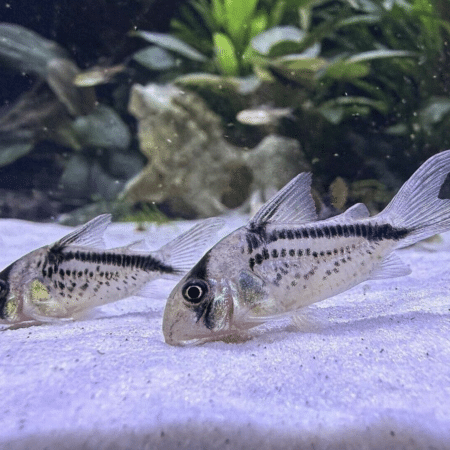
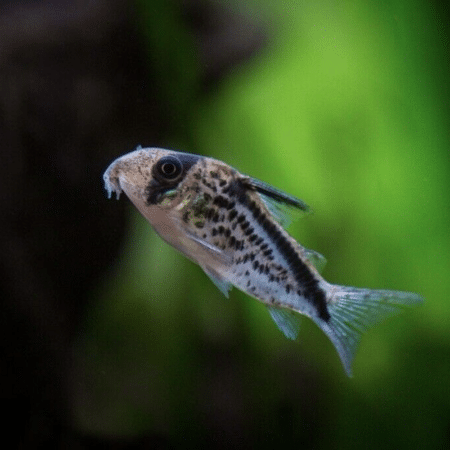
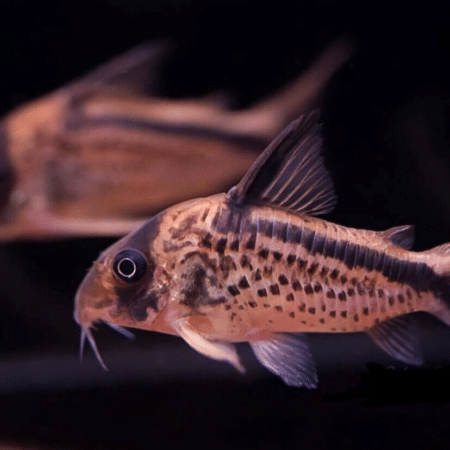
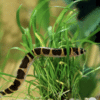
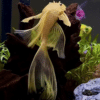










Emily Foster (verified owner) –
I recently added the Cory Loxozonus Corydoras to my aquarium, and I couldn’t be happier with this decision! These lovely catfish have been an excellent addition to my freshwater setup. Within just a week, I noticed a significant reduction in algae on my tank walls. Their peaceful nature allows them to coexist beautifully with my other fish, which was a major concern for me.
I appreciate how hardy these little guys are; I have a mix of other algae-eating fish, but the Corydoras really shine in their ability to forage the substrate for uneaten food and leftover debris. Compared to other catfish I’ve owned, these are much more active and engaging. Watching them scurry around the tank brings me so much joy!
The only minor issue I’ve encountered is that they do prefer a slightly sandy substrate, which I had to adjust for; however, it’s been worth it. If you’re a fellow fish parent looking for effective algae-eating fish that are also social and engaging, I highly recommend the Cory Loxozonus! I’m definitely planning to buy a few more to create a small school soon!
Emily Turner (verified owner) –
I recently added a few Cory Loxozonus Corydoras to my community tank, and I couldn’t be happier! These little catfish, around 2-3 cm, have quickly become my favorite tank cleaners. They are so gentle and sociable, fitting in perfectly with my other freshwater fish. After just two weeks, I noticed a significant decline in algae growth—these little guys are fantastic at keeping things tidy!
Their movements are so entertaining as they scuttle around the substrate, foraging for food and exploring their environment. I appreciate how hardy they are, making them ideal for both beginner and experienced aquarists. Compared to other algae-eating fish I’ve had, like otocinclus, the Corydoras are much more interactive and fun to watch.
I do recommend having a sand substrate as they prefer it over gravel, so just a minor consideration there. Overall, I highly recommend the Cory Loxozonus to anyone looking to enhance their aquarium’s ecosystem while enjoying the delightful presence of these friendly little catfish. They truly contribute to a thriving community aquarium!